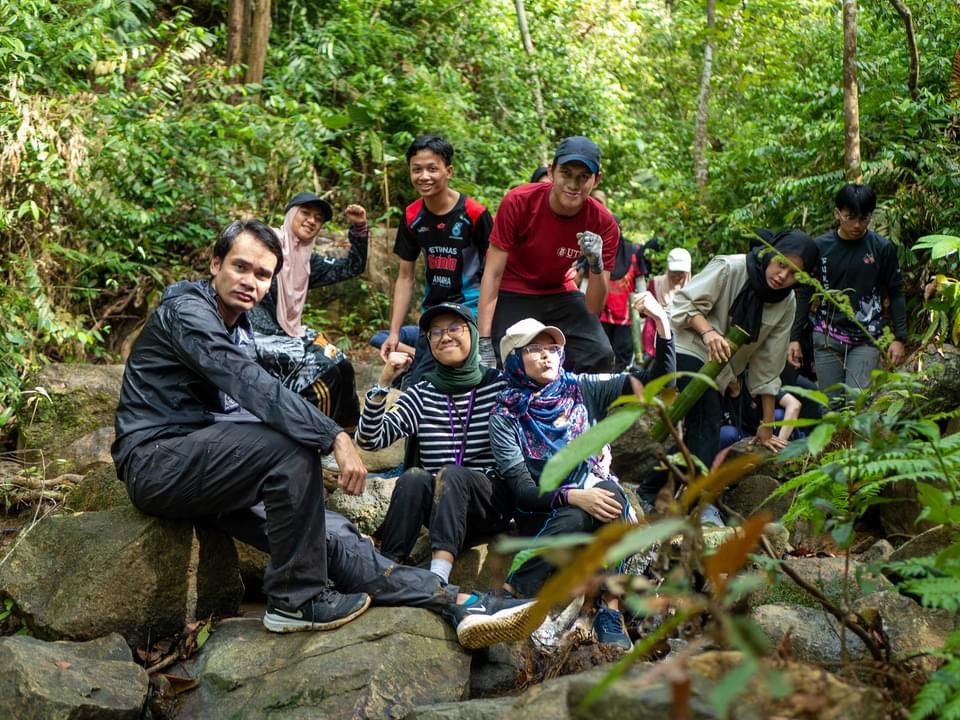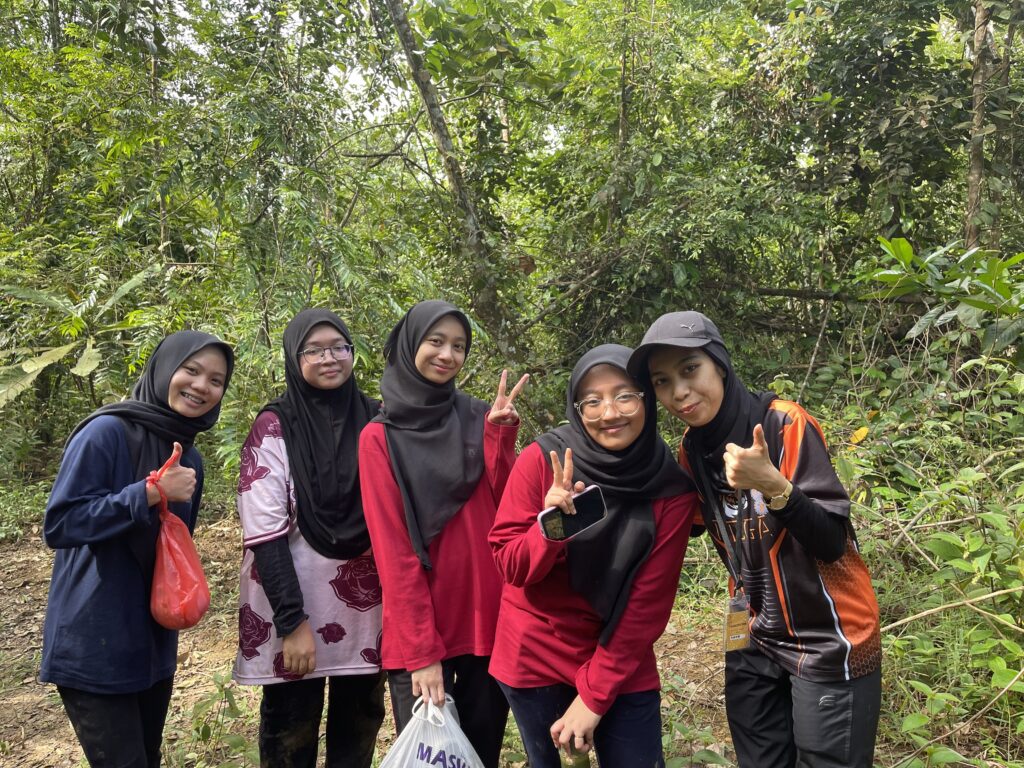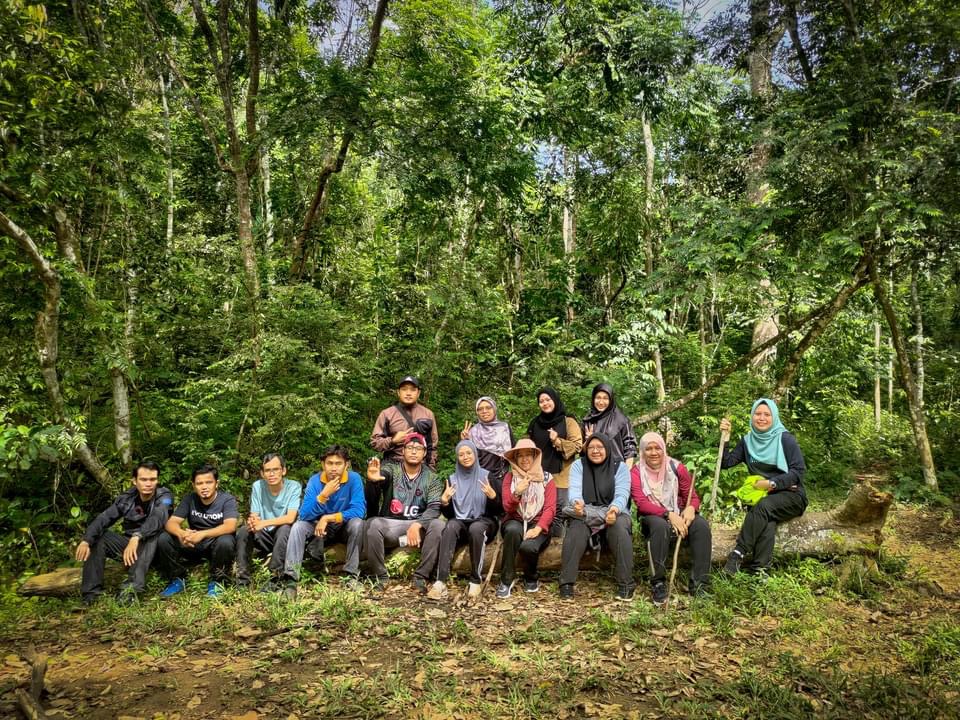Learning Theory: Constructivism

Given my teaching philosophy, which is deeply rooted in creating a dynamic and engaging learning environment that fosters critical thinking, personalized growth, and real-world application, the Constructivist Learning Theory is a perfect fit for my chosen course. Just as I am committed to recognizing each student’s individuality in my classroom, the Constructivist Learning Theory aligns perfectly. This theory emphasizes that learners build their understanding based on prior knowledge and experiences. This resonates with my belief in tailoring my teaching approach to accommodate my students’ unique learning styles, interests, and backgrounds. The core of constructivism lies in active engagement. This directly mirrors my dedication to creating an environment where students don’t just passively absorb information but actively explore, question, and discover. I want my students to dive into discussions, experiments, and hands-on projects, similar to how constructivism encourages learners to participate in their learning journey actively.

Constructivism’s emphasis on critical thinking parallels my goal of nurturing students who can think analytically and critically. I aspire to guide my students towards forming their conclusions, much like constructivist learners construct their knowledge through reflection, analysis, and synthesis of information. The constructivist approach aligns with my passion for connecting academic concepts to real-life contexts. As I aim to demonstrate the practical applications of what my students learn, constructivism’s focus on authentic experiences and contextual learning resonates. This approach ensures that the knowledge my students gain has immediate and lasting relevance in their lives.

Incorporating the Constructivist Learning Theory into my teaching practice means designing activities that promote exploration, interaction, and self-directed learning. I envision crafting lessons encouraging students to draw connections between their existing knowledge and new information, fostering a sense of ownership over their learning journey. This theory harmonizes perfectly with my teaching philosophy, amplifying my mission to create a vibrant, collaborative, and intellectually stimulating classroom where students gain knowledge and construct it themselves.
